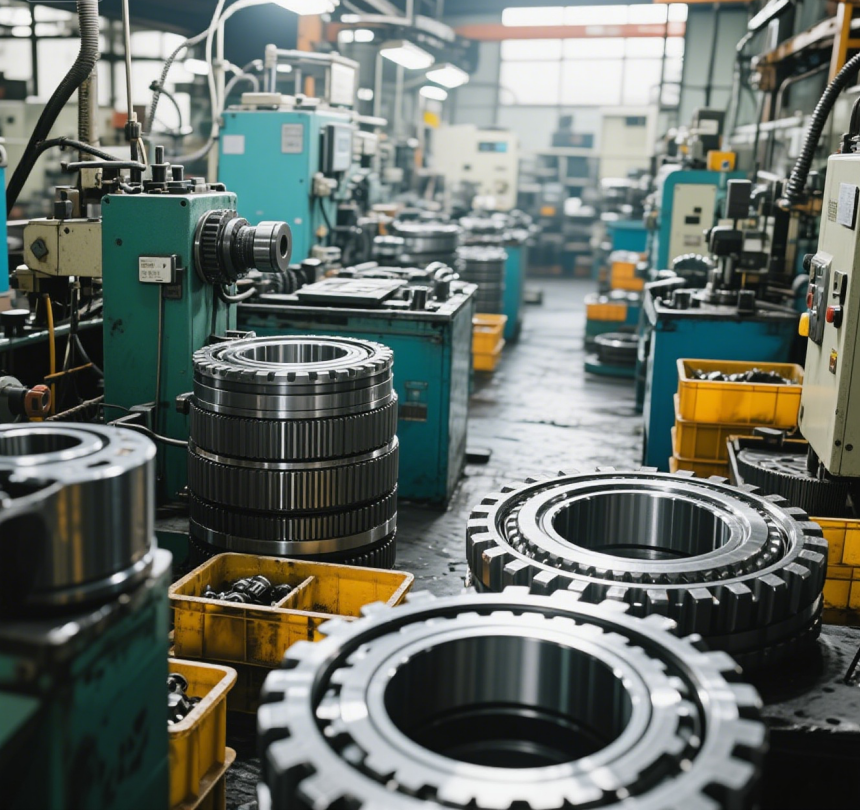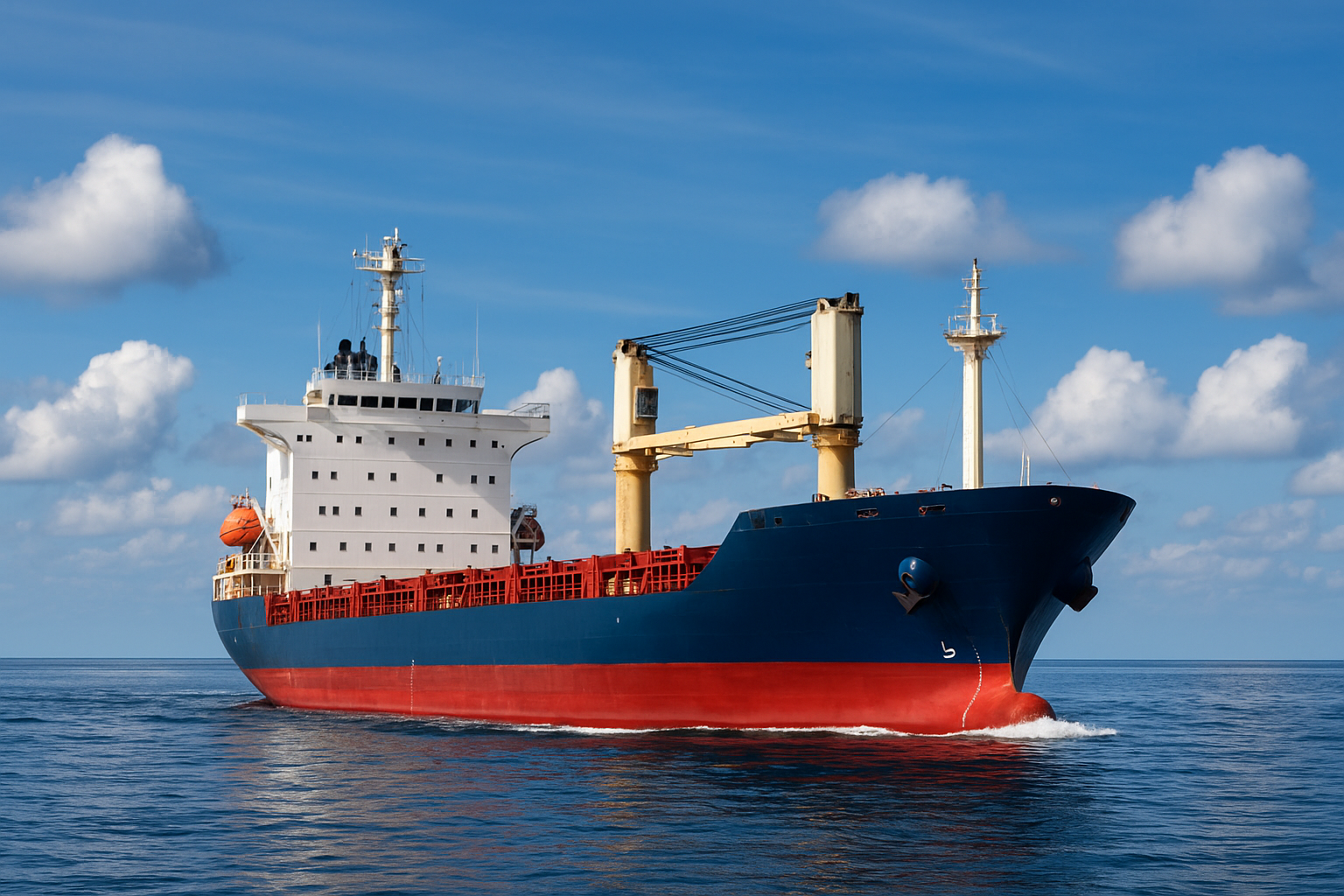In numerous industrial and logistics scenarios, although caster bearings are small in size, they play a crucial role in the overall performance of equipment. Selecting suitable caster bearings requires comprehensive consideration of multiple factors, which are detailed below.
1. Load-bearing Capacity
Different application scenarios have varying requirements for the load-bearing capacity of caster bearings. In heavy industries, such as the casters at the bottom of large mining machinery and steel production equipment, they often need to bear weights ranging from several tons to dozens of tons. At this time, bearings designed for heavy loads like the planar bearing 51109 and the tapered bearing 32904 mentioned earlier come into play. They possess strong radial and axial load-bearing capabilities, ensuring stable operation even under extreme heavy pressure. For some light commercial equipment, such as the casters of supermarket trolleys, ordinary low-load bearings can meet the requirements, avoiding over-configuration and cost waste.
2. Working Environment
- Temperature Conditions: If the casters are used in a high-temperature environment, such as beside industrial furnaces or around high-temperature drying equipment, the bearings need to have high-temperature resistance. Some bearings made of special materials can maintain good mechanical properties at high temperatures and will not seize or be damaged due to thermal expansion and contraction. Conversely, in a low-temperature environment, such as in cold storage and refrigerated transportation equipment, the caster bearings, like those used with super heavy-duty low-center-of-gravity casters and suitable for low temperatures, should be selected with good low-temperature lubrication and cold-resistant materials to prevent the lubricating oil from solidifying and the components from becoming brittle.
- Humidity and Corrosiveness: In humid environments, such as loading and unloading equipment at seaside docks, mobile facilities in swimming pools, and places with a risk of chemical corrosion, such as the caster bearings for transporting reaction kettles in chemical workshops, the bearings must have good anti-corrosion ability. Stainless steel bearings or those with special anti-corrosion treatment are the preferred choices as they can effectively resist the effects of moisture and chemical substances and prolong the service life.
3. Rotational Precision Requirements
For some equipment with extremely high requirements for movement precision, such as the production lines of precision instrument manufacturing and the equipment casters in electronic chip processing workshops, the rotational precision of the bearings is of utmost importance. High-precision bearings, such as those of P4 and P5 grades, can control vibration and deviation within a very small range, ensuring accurate positioning of the equipment during movement and avoiding product processing errors caused by insufficient precision of the caster bearings. In ordinary logistics handling scenarios, the precision requirements are relatively lower, and cost-effective standard precision bearings can be selected.
4. Rotational Speed Requirements
On rapidly moving equipment, such as the material transfer casters on high-speed automated production lines and the luggage trolleys at airports, the rotational speed performance of the caster bearings cannot be ignored. Bearings that can adapt to high rotational speeds and have good heat dissipation capabilities need to be selected to prevent damage to the bearings due to excessive heat generated during high-speed operation. At the same time, the lubrication requirements under high-speed operation are also higher, and it is necessary to ensure that there is a continuous and efficient lubrication mechanism inside the bearings to ensure smooth rotation.
5. Directional Requirements
When the casters need to turn frequently and control the direction precisely, such as the casters of automated guided vehicles (AGV) and intelligent storage robots, tapered bearings show their advantages. Taking the tapered bearing 32904 as an example, its unique tapered structure can provide precise guidance and support during turning, effectively controlling the friction force and allowing the equipment to turn flexibly, meeting the navigation requirements of complex paths. For casters that only need to move in a straight line, such as some fixed-track transport equipment, ordinary radial bearings may be able to meet the basic requirements.
In conclusion, when selecting caster bearings, it is necessary to fully understand the specific working conditions, performance expectations, and budget limitations of the equipment. Through careful evaluation, bearings that are perfectly compatible with super heavy-duty low-center-of-gravity casters or various types of casters can be selected, laying a solid foundation for the stable and efficient operation of the equipment and helping enterprises to ride the waves and move forward continuously in their respective fields.



